Machu Picchu is by far the most visited place in Peru and one of the most popular destinations on the planet. We are sure it’s already in your bucket list, so we’ll explain everything you need to know for your visit.
Beyond its breathtaking ruins, Machu Picchu exudes a unique energy that sends chills down your spine as you take in the scene. It’s easy to feel transported back in time, envisioning the life that once flourished there—a perfect blend of the fascinating history and stunning landscapes that Cusco has to offer.
Anxious to start the adventure? Here we give you the essential site information, how to book your trip and get there, where to eat and stay in the town, plus must-know tips and a complete packing list.
Follow this guide follow this guide to make the most of your visit to Machu Picchu!
- Machu Picchu: The History and Significance of Peru’s Most Iconic Site
- How to Get to Machu Picchu
- The Best Time of Year to Visit Machu Picchu
- How to Buy a Ticket for Machu Picchu
- Best Places to Visit in Machu Picchu
- Where to Sleep and Eat in Machu Picchu
- Machu Picchu Visitors Tips
- Machu Picchu Packing List
- Machu Picchu Checklist
- Rules and Regulations in Machu Picchu
- You Might Also Be Interested In
Machu Picchu: The History and Significance of Peru’s Most Iconic Site
Machu Picchu is recognized as one of the New Seven Wonders of the World and a UNESCO World Heritage Site, standing out as one of the greatest architectural achievements and the most significant tangible legacy of the Inca civilization in Peru.
It’s impossible not to be amazed by its majestic views and to imagine the Incas hauling massive stones across the mountainside to construct such an extraordinary site. Here we give you some interesting information about this outstanding site.
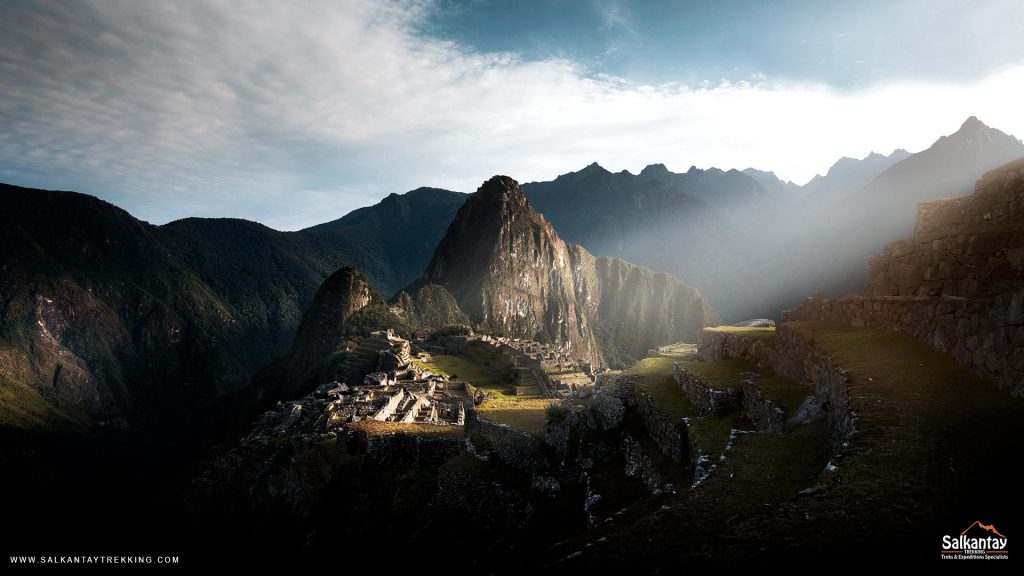
Highlights
- Visit one of the New Seven Wonders of the World and UNESCO World Heritage Site.
- Witness the incredible views of Machu Picchu and the surrounding valleys and hills.
- Learn all about the Incas and witness the wonderful structure they built on the side of the mountain!
- Be transformed back in time as you picture how life once was in this magnificent site.
- Hike Huayna Picchu, Huchuy Picchu or Machu Picchu Mountain for an unforgettable view over the site.
Geographical Information
Machu Picchu is located in Urubamba, in the Cusco region, at an altitude of 2,430 meters (7,972 feet) above sea level. While it’s not as high as the city of Cusco, it’s still wise to take precautions regarding the altitude. Nestled in the high jungle, it is surrounded by cloud forests, which give it that uniquely mystical atmosphere.
- Region: Urubamba Province, Cusco Region, Peru.
- Distance from Cusco: 75 kilometers (47 miles), northwest of the city.
- Altitude: 2,430 meters (7,972 feet) above sea level.
- Mountain Range: Eastern Andes, specifically within the Vilcabamba mountain range.
- Terrain: Steep mountain slopes, deep valleys, and dense cloud forests.
- Rivers: The Urubamba River flows through the valley below Machu Picchu, carving dramatic canyons.
- Climate: Subtropical highland climate, with a mix of Andean and Amazonian influences due to its location in the cloud forest.
- Temperatures: Between 50–75°F (12–24°C), with humid conditions all year-round.
- Biodiversity: The area is part of the Machu Picchu Historic Sanctuary, home to orchids, spectacled bears, Andean condors, and diverse bird species.
What’s the Weather Forecast? Check out what’s the weather in Machu Picchu each month of the year to be prepared for any climate circumstances.
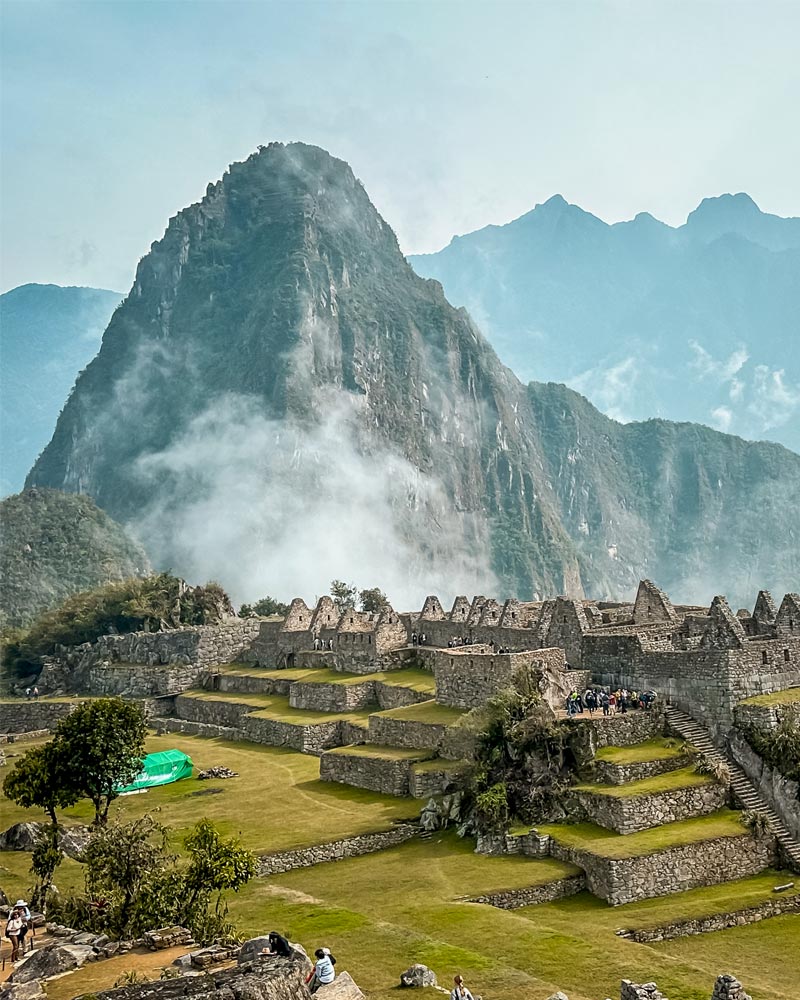
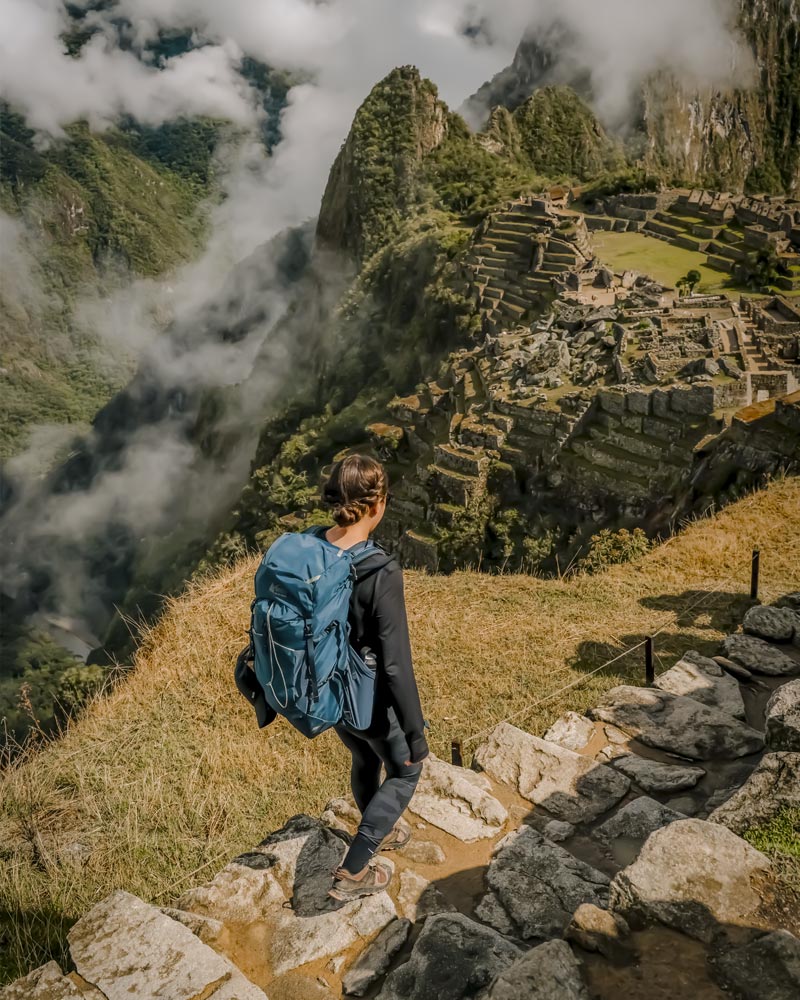
The History of Machu Picchu
Machu Picchu was built for the Incan emperor Pachacútec, and it served as a royal estate and religious site. It functioned as a ceremonial center, an administrative hub, and a residence. The site includes temples, terraces, and sophisticated water management systems, showcasing the advanced engineering and architectural skills of the Inca civilization. After the fall of the Inca civilization, it was abandoned and forgotten, earning its famous nickname: The Lost City of the Incas.
It remained hidden for centuries until the American explorer and historian Hiram Bingham rediscovered it in 1911. Since then, archaeologists have gradually uncovered the secrets of Machu Picchu, allowing the world to admire its breathtaking beauty, historical significance and ingenious architecture. It’s truly spectacular to consider how it was constructed, given its immense size, remote location amid the hills, and the incredible feat of moving such massive stones.
In 1983, the site was named a World Heritage Site by UNESCO. It was a little later in 2007 when it was finally named one of the New Seven Wonders of the World, which it undoubtedly deserved. Today, Machu Picchu continues to captivate travelers from around the globe, standing as a testament to the ingenuity and legacy of the Inca civilization.

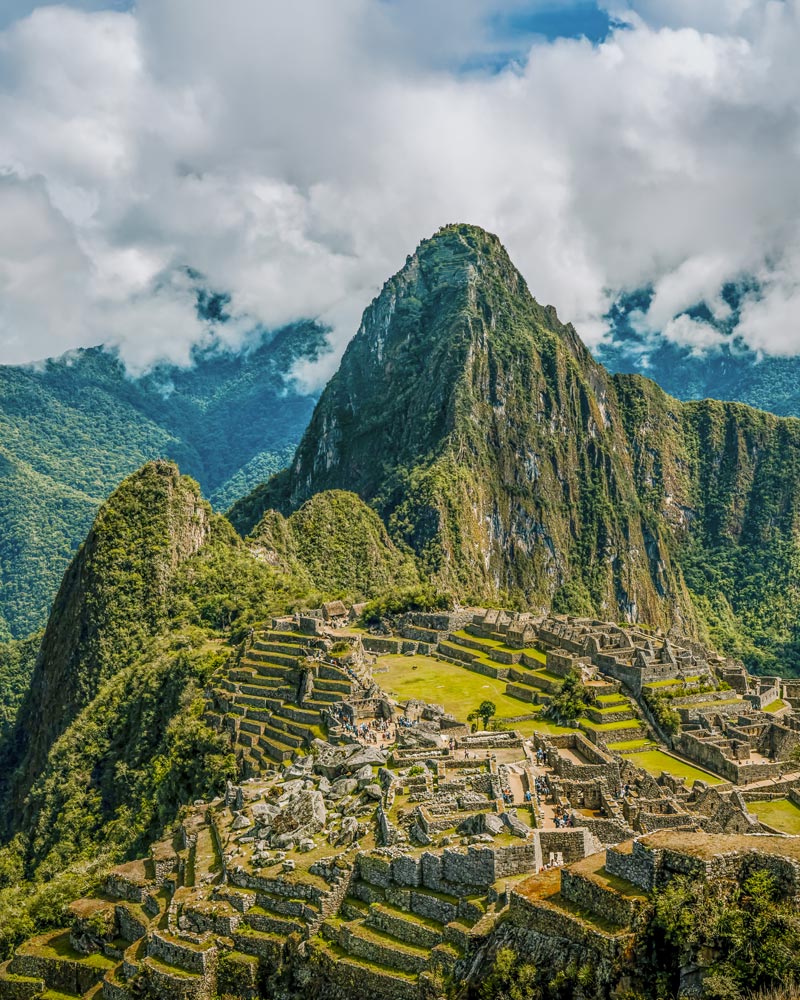
How to Get to Machu Picchu
There are several ways to reach Machu Picchu, each offering a unique experience. Whether you’re looking for comfort, adventure, or a mix of both, we’ve outlined the main options below to help you choose the best route for your journey.
Trekking
If you love adventure and breathtaking landscapes, you can also reach Machu Picchu by trekking. This method allows you to immerse yourself in the stunning nature and rich history of the Andes, seeing parts of Peru that you can’t see by car or train. There are several routes to Machu Picchu to choose from, depending on your time and preferences.
These are the most popular options:
- Inca Trail: It’s the most famous trek and one of the most popular in the world. The route takes you through stunning landscapes, cloud forests, and ancient Inca archeological sites before reaching Machu Picchu through the Sun Gate (Inti Punku) at sunrise. Due to high demand and strict regulations, permits are limited and must be booked months in advance.
- Salkantay Trek: This is a hiking experience that’s more guaranteed and also incredibly beautiful. You’ll walk across the mountains to the edge of the jungle, witnessing a stunning transformation in the landscape. Marvel at the mesmerizing Humantay Lake and the imposing Apu Salkantay, one of the most sacred peaks in the Andes. If you decide to travel with Salkantay Trekking, you’ll have the exclusive privilege of staying at our exclusive campsites along the route.
- Lares Trek: Passing through Andean communities and natural hot springs, this is a less crowded route that offers an authentic experience. It’s ideal for those seeking cultural immersion and breathtaking landscapes without the crowds.
- Ancascocha Trail: A challenging and remote hike that crosses spectacular mountains and hidden valleys. It offers stunning views of snow-capped peaks and a true sense of off-the-beaten-path exploration.
The Many Routes to Machu Picchu: Check out our blog to discover the best treks to Machu Picchu.
By Car
Another option, which requires no hiking but takes a bit longer, is traveling to Machu Picchu by car. You can combine car and walking for a more adventurous and cheaper approach, or car and train for a more comfortable journey.
1. Car + Walk
The journey begins with a car ride from Cusco to the small town of Santa María, a trip that takes about four hours. From there, another 30-minute car ride is needed to reach Santa Teresa, followed by an additional 30-minute ride to Hidroeléctrica.
At this point, you have two options:
- Hike for three hours along the railway to reach Aguas Calientes.
- Take a 30-minute train that takes you directly to Aguas Calientes. The total cost of the shared transport (colectivos) is approximately $15 USD, while the one-way train ticket costs $39 USD. There are two daily departures, one in the morning and another in the afternoon.
2. Car + Train:
From Cusco, you can take a car to Ollantaytambo and then the train to Aguas Calientes. There are plenty of trains that depart from this town, so it’s easier to get tickets. It is also very close to Machu Picchu, so the train ride takes no more than 1 hour and 45 minutes. Ollantaytambo also has valuable archaeological sites that you can visit before heading to Aguas Calientes.
Check out our full guide on the easy way to get to Machu Picchu for more details if you prefer a hassle-free journey.
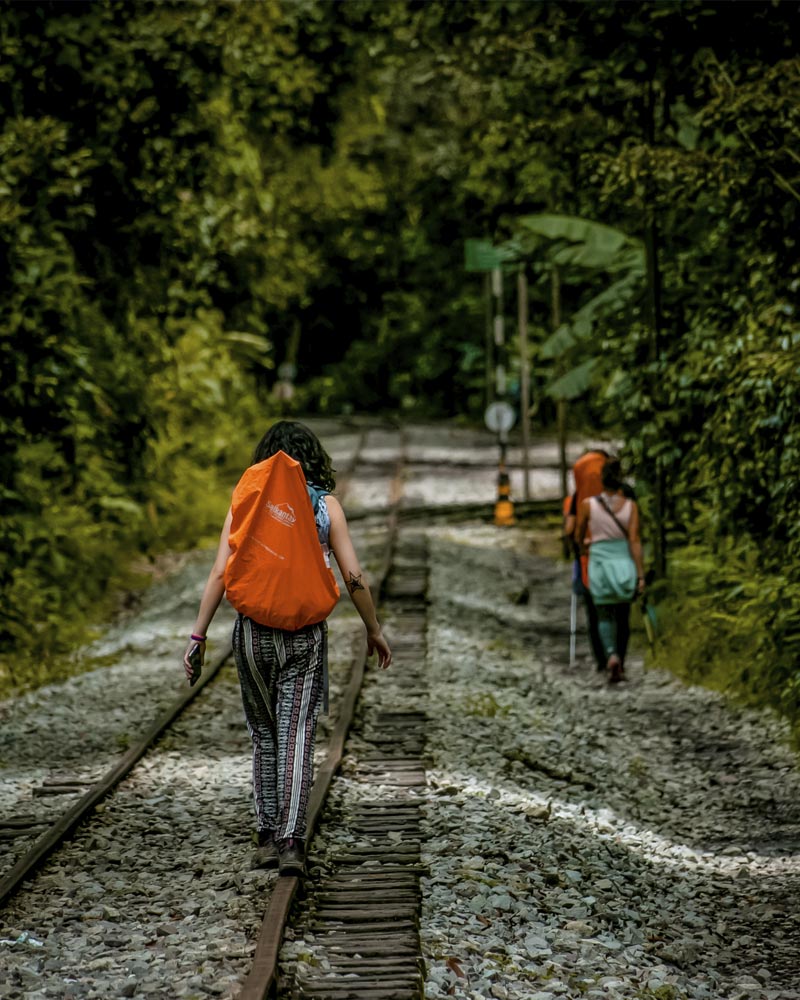
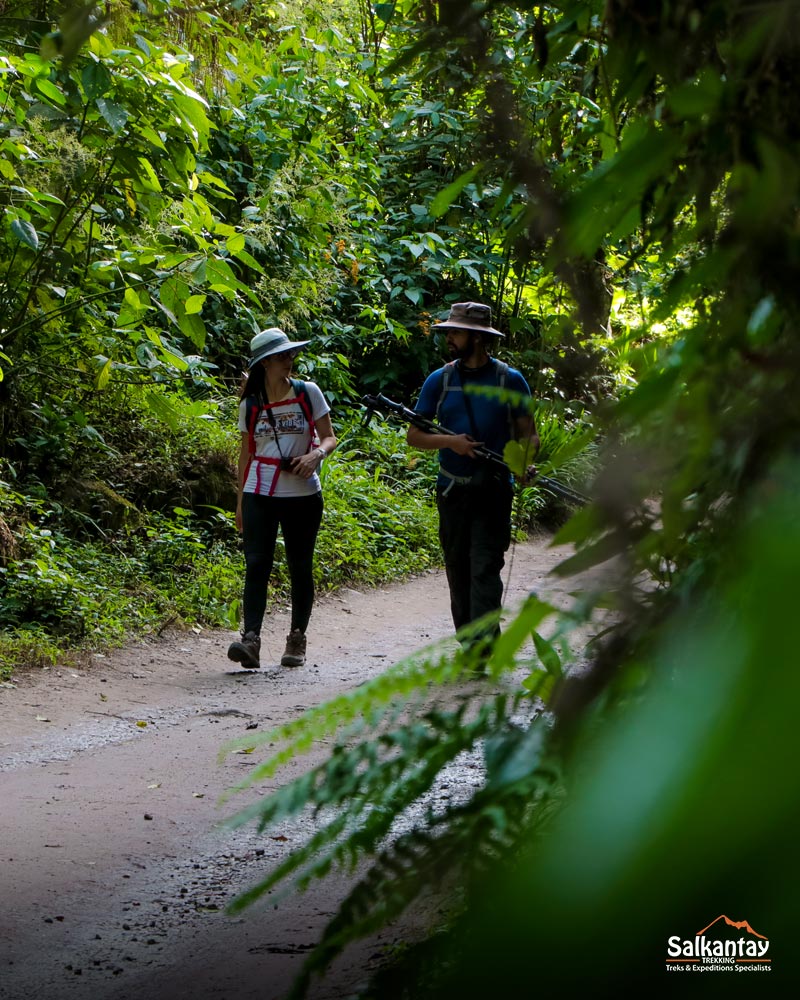
By Train
If a lot of walking isn’t your cup of tea, you may opt for one of the easier ways to get there: the train to Machu Picchu.
The train is one of the best ways to reach Machu Picchu if you don’t have much time, or you would rather not walk at all. It allows you to arrive with energy and excitement to explore every corner of the site. The nearest train station to Machu Picchu is in Aguas Calientes, the small town located right below the fortress. There are several ways to reach this point depending on where you want to start your journey.
Currently, the route is operated by two railway companies that have explicit permission to run this journey: Inca Rail and Peru Rail. These companies offer different options, ranging from basic services to luxury experiences. Through the window, you can witness the beginning of Cusco’s jungle and feel completely surrounded by dense vegetation.
If you’re departing from Cusco, the most common option is to take the train from San Pedro or Poroy station. However, since there are limited departures, many travelers choose to take ground transportation to Ollantaytambo, where more trains depart for Aguas Calientes. There are various train options, ranging from basic services to fully equipped luxury experiences. For this reason, prices can also vary, although the starting price is around $55 USD.
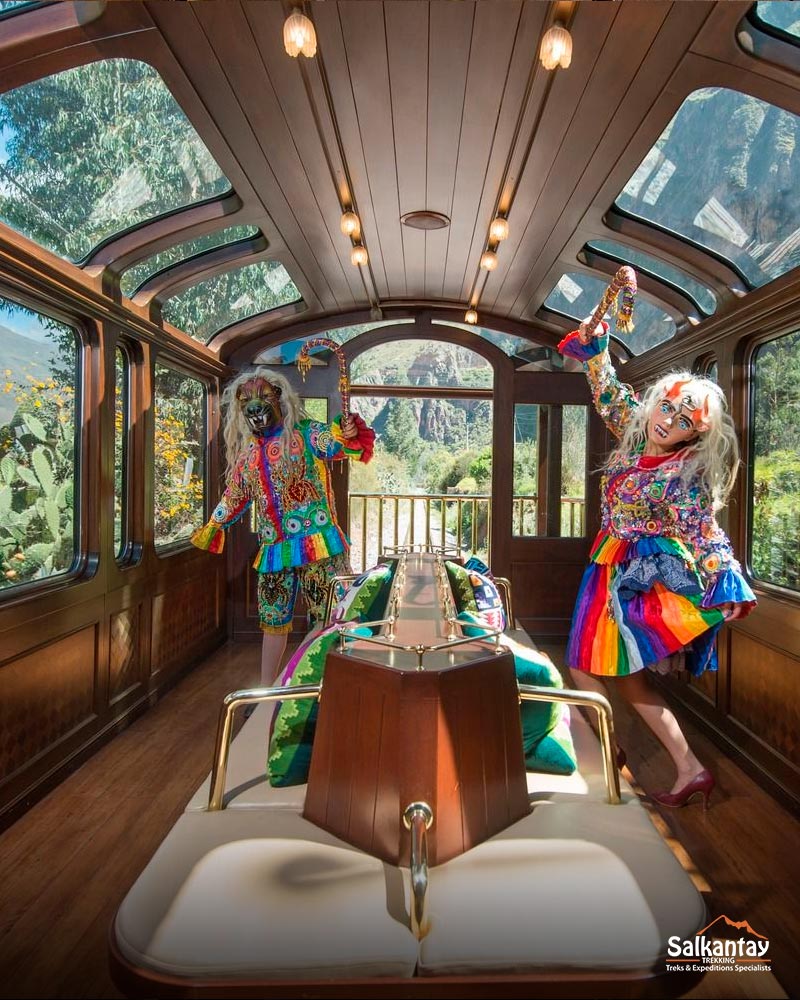
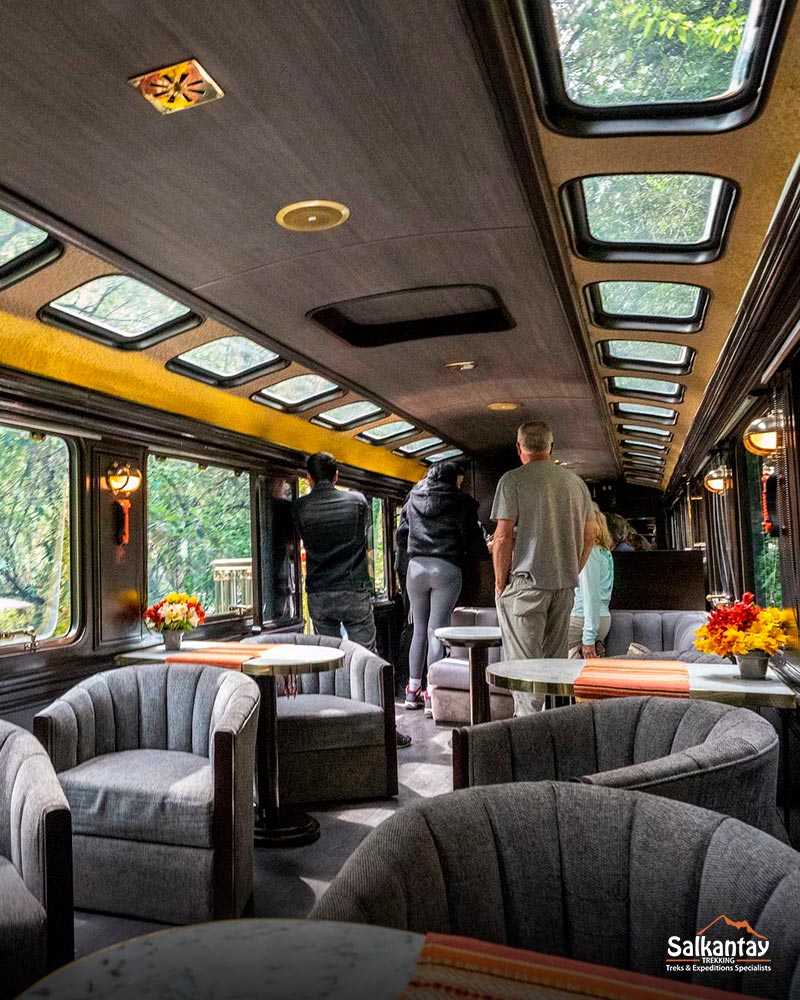
Going up to Machu Picchu To arrive at the archeological site, you can either hike for around 1.5 – 2 hours, or catch a bus that will take you up there. The same goes for going down.
The Best Time of Year to Visit Machu Picchu
Machu Picchu is open all year round, and whenever you come, it’s going to look incredible. However, we recommend May or September, because the weather is pleasant and there aren’t so many tourists around.
Here’s a brief summary of what to expect at different times of the year at the wonder that is Machu Picchu.
- February: This is the wettest month of the year and the Inca Trail is closed due to maintenance, so keep it in mind if you want to do this trek. However, the rain only lasts an hour or two, so you can still enjoy a visit To Machu Picchu and perhaps enjoy some deals during the off-peak season.
- March-May: The rainy season is coming to an end, and the weather is generally nice. This is a good time of year to enjoy Machu Picchu with smaller crowds.
- June-August: These months are the busiest of the year. June is the anniversary of Cusco, so expect huge crowds then. The weather is dry, but it does get cold at night. It’s a great time of year to trek to Machu Picchu.
- September & October: This time of year is similar to May, where there are fewer crowds and the weather is very nice. However, it might start to rain a little towards the end of October.
- November-February: Although this is summer in Peru, it is also the rainy season, so you can expect anything from a drizzle to a downpour on any given day. This is the quietest time of year regarding tourists, except around Christmas and New Year when it gets busy for a couple of weeks.
Although we suggest traveling during the dry season, the best time to visit Machu Picchu depends on your personal preferences.
- For dry weather and fewer tourists: April, May, September, or October.
- For lush vegetation and vibrant landscapes: December and January.
- For fewer crowds and lighter rains: March or November.
When You Should Go to Machu Picchu: Read our blog for a complete guide on the best season to visit Machu Picchu.
How to Buy a Ticket for Machu Picchu
Tickets to Machu Picchu must be bought in advance. There is no way of buying them at the entrance to the site. You can get them through three ways: online by yourself, in person in Peru, or through an agency or tour operator. We need to state that whichever way you choose to buy tickets, you must have your passport number to hand.
Let’s take a closer look at each option.
Online
To purchase tickets online, you need to follow these steps:
- Visit the Ministry of Culture website. If it isn’t in English, you can easily change the language in the top left.
- Select the date you want to visit along with the number and types of tickets you need. Make sure you select the correct number of adults (over 18) and children.
- Check the entrance option you want. You can select to only visit the main citadel, or add a hike to Huayna Picchu or Machu Picchu Mountain. Tickets that include a mountain hike cost more, and Huayna Picchu permits often sell out well in advance.
- Enter all your information. This needs to be exactly as it appears on your passport. If there are any issues, you won’t be allowed to enter Machu Picchu when you get to the site. You’ll also need your current email to send the receipt, choose a payment method, and then fill out payment details.
Once you’ve done everything, you should receive an email with all the details and a special reservation number. Head back to the website and click the ‘check in’ button. Here, you’ll need to enter your reservation number and can then save and print the tickets. We recommend printing two copies, just in case.
In Person
If you want to buy your tickets when you get to Cusco, you can go to the Ministerio de Cultura. Make sure you take your passport and cash or a card to pay.
- Location: Casa Garcilaso, Calle Garcilaso.
- Hours: Monday to Saturday, from 7 a.m. to 8 p.m.
You can also buy them in Aguas Calientes at the Machu Picchu Cultural Centre. You can only pay in cash here, and we recommend you take the money out in Cusco. ATMs cost more in Aguas Calientes.
- Location: Regional Directorate of Culture Office in Aguas Calientes.
- Hours: Monday to Sunday, from 5 a.m. to 10 p.m.
Through an Agency
The final option is to contact a tour operator in Peru to purchase your tickets for you. Many agencies offer complete packages that include everything—from treks and train tickets to accommodation. This is the best choice if you want a hassle-free experience with all logistics taken care of. At Salkantay Trekking, we offer various Machu Picchu tours. It doesn’t matter if you prefer a relaxed trip with scenic train rides and comfortable stays or an immersive trekking adventure through the Andes.
We’ll take care of every detail to ensure an unforgettable experience!

Best Places to Visit in Machu Picchu
Machu Picchu was a place of great importance for the Incas, and within the citadel, you can find various spaces that played a fundamental role in their time. Today, these sites allow us to better understand the Inca culture, their religion, and their daily life.
Discover the unmissable sights within the ancient Inca citadel. Here’s a list of the top places you shouldn’t miss during your visit to this world wonder!
- Temple of the Sun: A key religious site dedicated to Inti, the sun god, featuring fine stonework and precise alignment with the solstices.
- Royal Tomb: A cave beneath the Temple of the Sun, thought to have been a burial site for Inca nobility. Its intricate masonry and ceremonial niches indicate its spiritual significance.
- Intihuatana Stone: A sacred Inca stone believed to have been used as a solar clock and ritual site, aligning perfectly with the movements of the sun.
- Principal Temple: A grand structure with three walls and impressive structure, believed to have been a major site for religious ceremonies and offerings to the gods.
- Central Plaza: A large open space in the heart of Machu Picchu, used for gatherings, ceremonies, and daily activities.
- Temple of the Condor: A sculpted stone shaped like a condor, symbolizing the link between the earthly and spiritual worlds in Inca mythology.
- The Sacred Rock: A massive rock that replicates the surrounding mountain peaks. It was likely used for spiritual rituals and ceremonies, reinforcing the Incas’ deep connection with nature.
- Huayna Picchu, Huchuy Picchu and Machu Picchu Mountains: Climb and enjoy breathtaking views of the citadel and the Andean landscape. They require a ticket that must be bought in advance).
- The Sun Gate (Inti Punku): It offers a spectacular view of the citadel and surrounding mountains. It’s the main entrance to Machu Picchu for the trekkers of the Inca Trail. It tends to take between 3-4 hours to go up and down.
Other interesting points are:
- Inca Bridge.
- Watchman’s Hut.
- The Funerary Stone.
- The Fountains.
- Temple of Three Windows.
- House of the High Priest.
- House of Ornaments.
- The Mortar/Industrial Section.
- The Prison Group.
- The Inca Terraces.
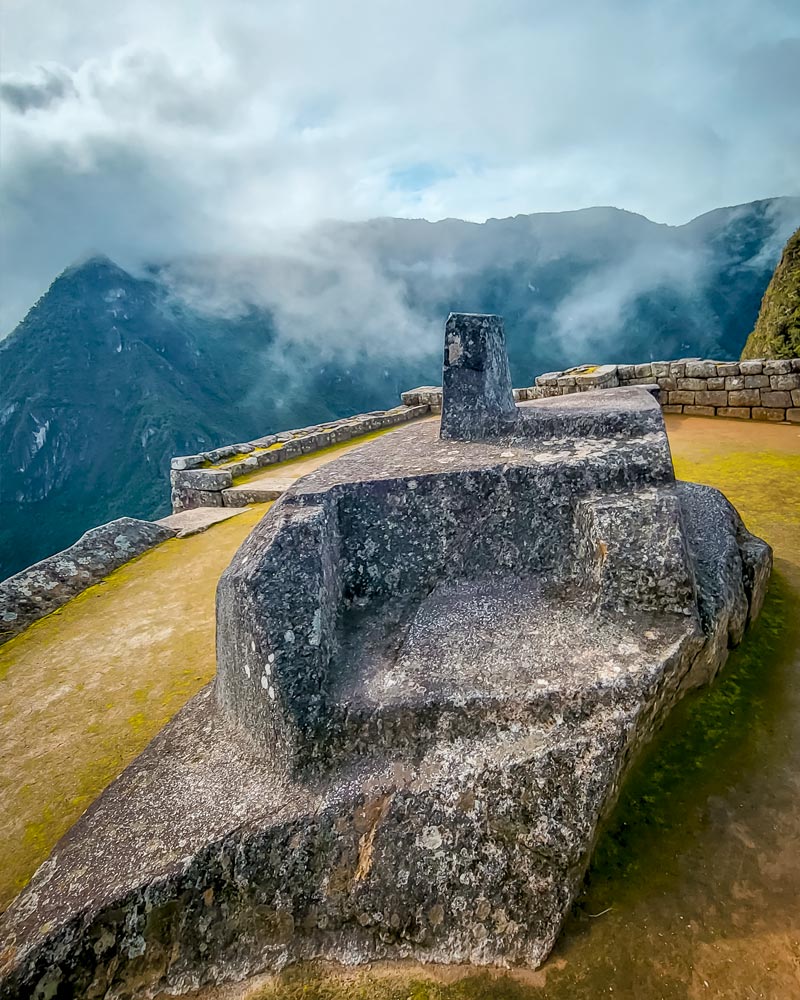
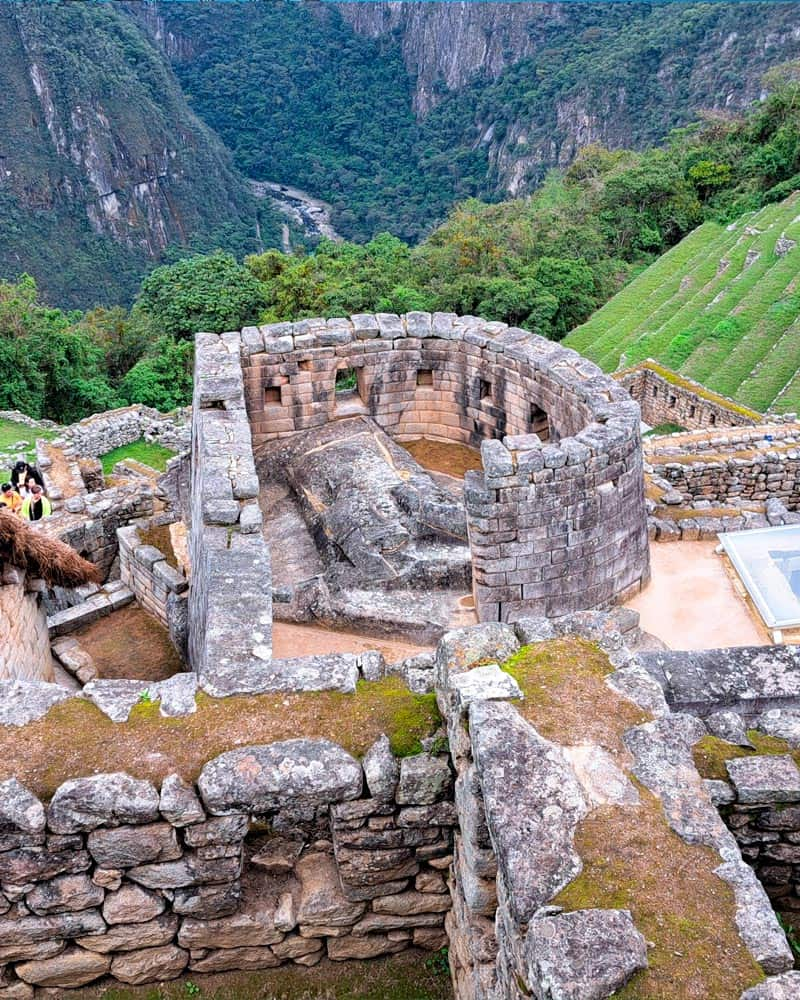
Circuits Inside Machu Picchu
The Machu Picchu citadel is divided into two sectors: the upper and lower sections.
The upper section offers an impressive panoramic view of Machu Picchu and the surrounding mountains. From the upper terrace, you can take the classic photo with the Inca city in the background, admiring its architecture and the unique landscape around it.
The lower section includes temples, plazas, and water fountains, allowing you to explore Inca architecture up close and appreciate its unique details. It is ideal for understanding the engineering of the time and the ceremonial use of the city.
Machu Picchu can be explored through three circuits, divided into a total of ten routes. Some cover only the upper or lower sections, while others combine both and even include additional sites in the visit.
- Circuit 1 – Panoramic: This circuit includes the upper terrace with the Guardian’s Hut, from where you get a spectacular view of the monument. Its routes include Inti Punku (Sun Gate), Machu Picchu Mountain, or the Inca Bridge.
- Routes:
- Route 1-A: Machu Picchu Mountain Route.
- Route 1-B: Upper Terrace Route.
- Route 1-C: Inti Punku Gate Route (available only in high season).
- Route 1-D: Inca Bridge Route (available only in high season).
- Routes:
- Circuit 2 – Classic: This circuit includes the classic Machu Picchu photo from the lower terrace, as well as an itinerary through the urban sector to visit the main temples and structures.
- Routes:
- Route 2-A: Designed Classic Route.
- Route 2-B: Lower Terrace Route.
- Routes:
- Circuit 3 – Royalty: This circuit takes you through the most sacred and emblematic spaces of Inca royalty, with the option to climb either Huayna Picchu or Huchuy Picchu mountains and explore the Great Cavern.
- Routes:
- Route 3-A: Huayna Picchu Mountain Route.
- Route 3-B: Designed Royalty Route.
- Route 3-C: Great Cavern Route (available in high season).
- Route 3-D: Huchuy Picchu Route (available in high season).
- Routes:
Depending on the places you want to visit, you can choose the circuit that best suits your experience.
Discover More: We invite you to watch our YouTube video and read our blog about Machu Picchu tickets, where we explain each option in detail.
Where to Sleep and Eat in Machu Picchu
There’s nothing better than a great meal and a cozy place to relax. Whether you’re getting ready for Machu Picchu or resting after an epic day, Aguas Calientes has something for everyone!
Accommodation in Machu Picchu
Aguas Calientes, the city closest to Machu Picchu, offers a surprisingly large number of accommodations for such a small town, although they do get many tourists passing through. You’ll find everything from budget hostels with shared bathrooms to luxurious 5-star hotels. Let’s find the perfect place to stay before exploring the ancient Inca citadel!
Here are our top recommendations for hotels and hostels in Aguas Calientes:
- Inkaterra Machu Picchu Pueblo Hotel.
- Sanctuary Lodge, Machu Picchu.
- Andean Terra
- Hotel Hanaq Pacha
- Andina Luxury
- Waman Hotel
- Inti Punku – Machu Picchu
- La Cabaña Boutique
Restaurants in Machu Picchu
There are plenty of restaurants where to eat and drink in Aguas Calientes. You’ll find that many of them offer similar fare, but here are a few of our favorites that offer lots of variety for you to choose from.
- Indio Feliz: This restaurant offers a French-Peruvian mix with unique decor. Not for those on a budget.
- Mapacho Craft Beer & Peruvian Cuisine: If you’re a fan of craft beer and tasty food, then this is the place to go. The food is mainly Peruvian cuisine.
- Incontri del Pueblo Viejo: Everyone enjoys an Italian meal while they’re on vacation, and this is the top place to get some in Aguas Calientes.
- The Tree House: This restaurant has been around for a long time and is popular with visitors to the town. They offer Peruvian and international cuisine.
- Café Inkaterra: This is one of the most luxurious hotels in town that offer a fantastic gastronomical experience.
- La Boulangerie de Paris: From the name, you have likely already guessed this place is French, and you’d be right. You can find a delicious coffee here with a nice pastry or sandwich.
- Full House Peruvian Cuisine: This place offers some great Peruvian fusion food while you sit on a balcony and enjoy the sound of the rushing river below.
- Chullpi Machu Picchu Restaurante: Here, you’ll find a rustic-chic vibe and get to try some gourmet versions of classic Peruvian dishes. They also offer a tasting menu.
- Qunuq Restaurant: This restaurant is part of Sumaq Hotel and is one of the finer eateries in town. It’s another spot to taste the delicious Peruvian fusion plates.
- Toto’s House: This place has also been around for a long time and does lunch buffets for large groups at lunchtime for a very reasonable price. In the evening it becomes more intimate, and you can order some of the traditional Peruvian dishes to try.
What to Do in Aguas Calientes
The town of Aguas Calientes is small which is why Machu Picchu is the main event here. However, there are a few things to keep you busy for the day or two that you’re here.
- Go to the Hot Springs: The name of the town (“Aguas Calientes”) literally translates to “Hot Waters”, so you should make sure a stop at the thermal baths is on your list of things to do. If you can, try to go early in the day because in the evening they get very busy with people coming from the treks.
- Souvenir Shopping: Like a lot of places in Peru, Aguas Calientes has its fair share of souvenir shops. If you haven’t managed to do any shopping elsewhere, you can pick up some nice pieces here. However, the prices are a little higher than most other spots in the country.
- Visit the Machu Picchu Museum: Learn about the history, archaeology, and discoveries of Machu Picchu at the Manuel Chávez Ballón Museum. The museum exhibits a fascinating collection of tools, ceramics, and textiles unearthed from Inca City. Moreover, with museum admission, you can access a charming botanical garden.
- Explore the Butterfly House: Discover over 300 species of butterflies native to the region and learn about local conservation efforts. Just a 25-minute walk away from Aguas Calientes, this place allows you to learn about the fascinating life cycle of these creatures and their importance in the ecosystem.
- Discover the Mandor Waterfall: Enjoy a scenic hike to lush gardens and waterfalls, a peaceful escape from the crowds. You must walk for 1 hour along the train railway to get to the Mandor Gardens, an ecological oasis where you can find orchids, ferns, and begonias. The spectacular Mandor Waterfall awaits at the trail’s end.
- Try Local Cuisine: Savor traditional Peruvian dishes like lomo saltado and fresh trout at one of the town’s restaurants, or immerse yourself in the regional culture at the local market. There are also plenty of bars where you can taste pisco sour, the national drink of Peru.
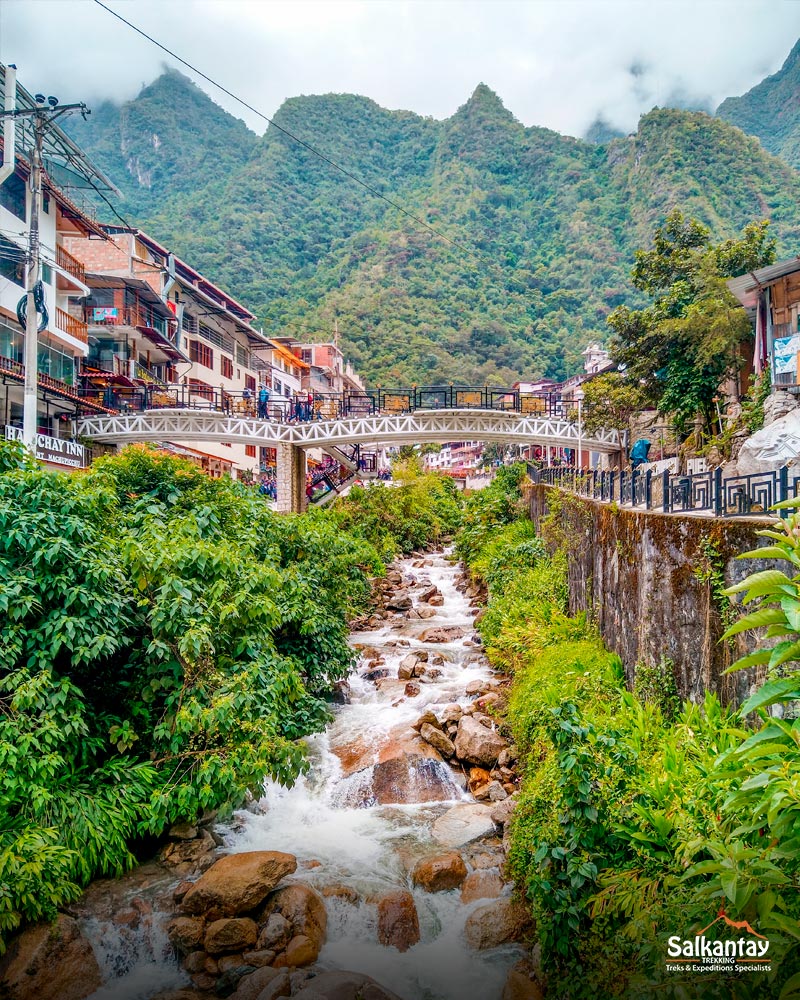

Machu Picchu Visitors Tips
To enjoy your trip to the max, take on board these useful tips and tricks. The more you implement, the more likely your visit will go smoothly!
- Stay the Night: If you have time, spend a night in Aguas Calientes. You’ll visit Machu Picchu at a relaxed pace and enjoy the hot springs—something you can’t do on the one-day tour!
- Be Patient: Machu Picchu is a world wonder with many daily visitors, so finding crowd-free spots can be difficult. Be prepared to wait for photos at popular points. The view is absolutely worth it!
- Go to the Restroom Before You Enter: Once inside the archeological site, there are no bathrooms, and you are not allowed to go out and come back inside again. Make sure you have cash in case you need to pay for the toilet.
- Pack Lightly: Bags larger than 40 x 35 x 20 cm (16 x 14 x 8 inches) are not allowed inside Machu Picchu. They must be stored in the lockers located at the entrance. Bring only the essentials: a reusable water bottle, your phone or camera, and a lightweight raincoat or poncho.
- Be prepared for mosquitos: They aren’t dangerous, but they will be really itchy. Make sure you have repellent and use thin long-sleeved shirts and pants.
- Buy tickets in advance: Not only for the citadel, but also for Huayna Picchu and Machu Picchu Mountain. You can’t buy these at the gate, and you need to book them months in advance because they sell out quickly.
- Acclimate to the Altitude: Cusco is much higher than sea level, so take it easy, stay hydrated, and consider altitude sickness pills if needed. Machu Picchu is not as high as the city, but is better to be prepared.
- Visit in the morning. Get there as early as possible to avoid the crowds and to see the sunrise, which is gorgeous.
A Little Extra Magic! You can get your passport stamped if you like. They have a Machu Picchu stamp and date at the entry point so you can have a lifelong reminder of your trip. You are also not allowed inside without the passport!
Machu Picchu Packing List
Pack smart and make the most of your adventure! Here’s everything you need to stay comfortable and enjoy your visit to this incredible wonder.
- Long sleeved T-shirt and pants to protect yourself from bugs.
- Thin sweater to put on and take off when you get hot or cold.
- Waterproof jacket or lightweight poncho in case of rain.
- Hiking boots or shoes, resistant to water and with good traction.
- Sun hat, sunglasses, and sunscreen.
- Day pack
- Reusable bottle of water, because plastic isn’t allowed.
- Good quality camera or phone with good camera.
- Passport and ticket, as you can’t get in without these.
The Definitive Packing List: Check out the perfect trekking packing list for your trip to Peru with the most important items you need for your visit.
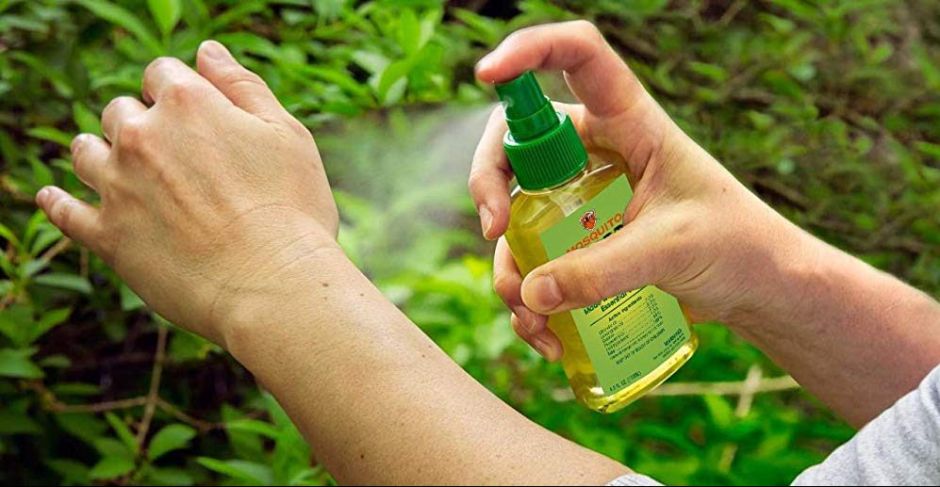
Machu Picchu Checklist
In addition to the packing list, we’ve put together a checklist of things you need to do to plan your trip as efficiently as you can. This way, there’ll be no surprises along the way, and you’ll guarantee you’ve got everything you need ready.
- Decide when you want to visit Machu Picchu.
- Contact an agency, tour operator, or check out the options yourself on the official Ministry of Culture website.
- Decide which entrance to Machu Picchu you want to buy. You can visit just the main archaeological site, or add a hike to Huayna Picchu or Machu Picchu Mountain for an extra adventure.
- Buy your ticket to Machu Picchu.
- Think about how you want to get to Machu Picchu (car, train, trek).
- Decide which train you would like to take to go and to come back.
- Purchase your train ticket. (If applicable).
- Think about whether you want to walk up to and down from Machu Picchu or take the bus from Aguas Calientes.
- Buy your bus ticket. (If applicable).
- Decide how long you’ll visit for.
- Find a suitable accommodation if you’re going to stay overnight.
Rules and Regulations in Machu Picchu
Machu Picchu is a UNESCO World Heritage Site, and there are specific rules in place to ensure its preservation and protect visitors’ safety.
- To enter, you need to show your ticket and original passport.
- Each group must have a maximum of 16 visitors.
- You must not stray from the trails set out for you.
- You must not feed the wild animals in the archaeological site.
- You must not make any loud noises, such as shouting, whistling, or clapping.
- You must not throw waste of any kind on the floor. You have to take anything you bring back out with you.
- You must not lean on any of the walls, buildings, or structures.
- You are not allowed to smoke or vape.
- You are not allowed to use drones on the site.
- You must not engage in obscene acts within the archaeological site.
- You must not jump, somersault, or perform any acts that disturb the nature of the sanctuary.
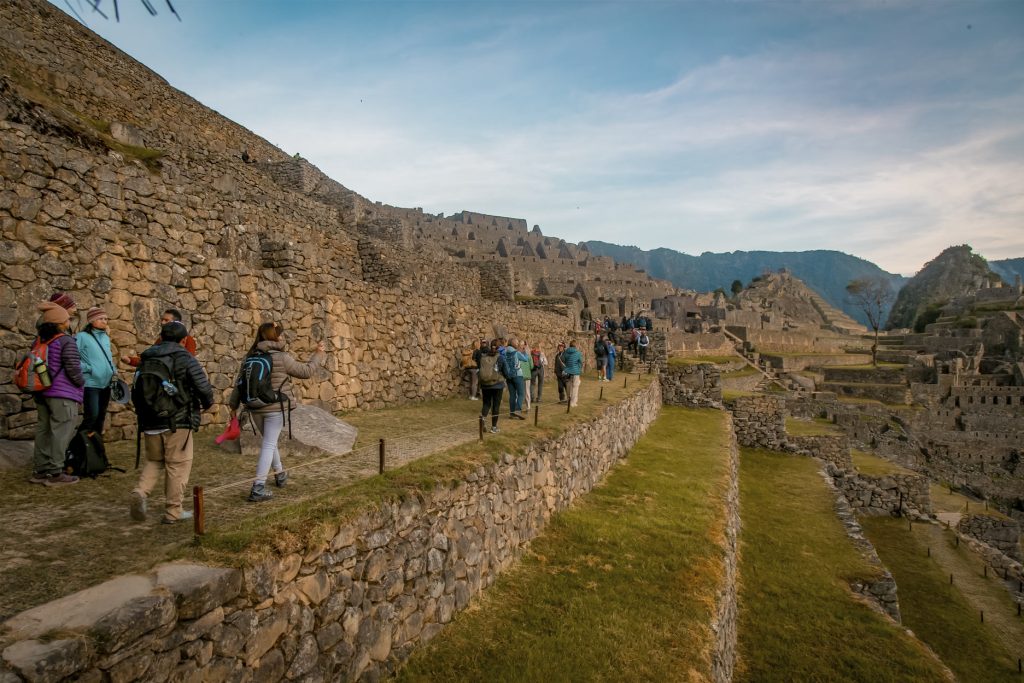
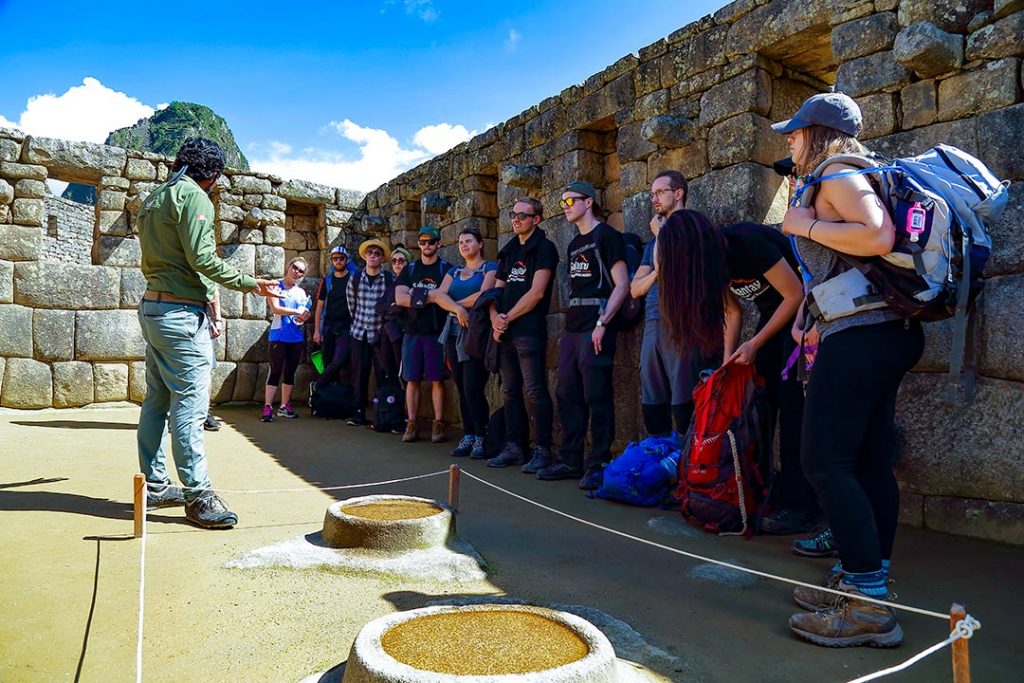
The following items are not allowed inside the sanctuary of Machu Picchu:
- Firearms.
- Tools for hunting, fishing, machetes, knives, etc.
- Traps to capture animals.
- Fossil fuels.
- Stimulants and drugs.
- Sound equipment or other noise generators.
- Domestic animals and exotic species.
- Peaks, shovels, or other tools.
- Wooden canes of native species.
- Tripods, brackets, or extensions for cameras or cell phones (‘selfie stick’).
- Backpacks or bags that exceed 5kg in weight.
- Food or luggage.
- Sprays or paints.
- Musical instruments, megaphones, or speakers.
- Heels with hard-plant shoes.
- Baby strollers.
- Banners, pictures, and/or posters.
- Clothing intended for advertising purposes.
- Metal-tipped walking poles (older adults can carry a cane with a rubber tip if necessary).
Although hiring a guide is not mandatory, it is recommended to help you follow the rules and fully understand the site.
Penalties for Not Following the Rules: If you’re seen breaking any rules in Machu Picchu, you’ll be removed from the site immediately, without the chance for a refund or re-entry.
Visiting Machu Picchu is a once-in-a-lifetime experience that deserves to be enjoyed to the fullest. With the right preparation, you’ll be able to explore this ancient wonder with ease, take in the breathtaking views, and immerse yourself in its rich history. Whether you’re trekking, sightseeing, or simply soaking in the magic of the Andes, Machu Picchu is sure to leave you with unforgettable memories.
Get ready for the adventure of a lifetime. See you on the top!
You Might Also Be Interested In
- Machu Picchu Tickets: Everything You Need to Know!
- Machu Picchu Mountains: Huayna Picchu, Huchuy Picchu, and Machu Picchu Mountain.
- The Intihuatana Stone at Machu Picchu
- Machu Picchu Mountain: The Complete Guide
- Huchuy Picchu Mountain: Complete Guide.
- Huayna Picchu Mountain: Everything You Need to Know
- The 7 Best Treks to Machu Picchu
- Machu Picchu: The easy way
- Aguas Calientes: Guide to Machu Picchu Pueblo

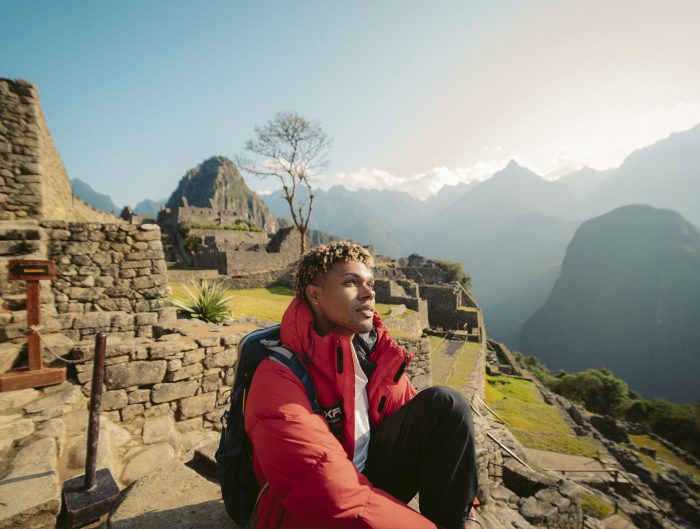

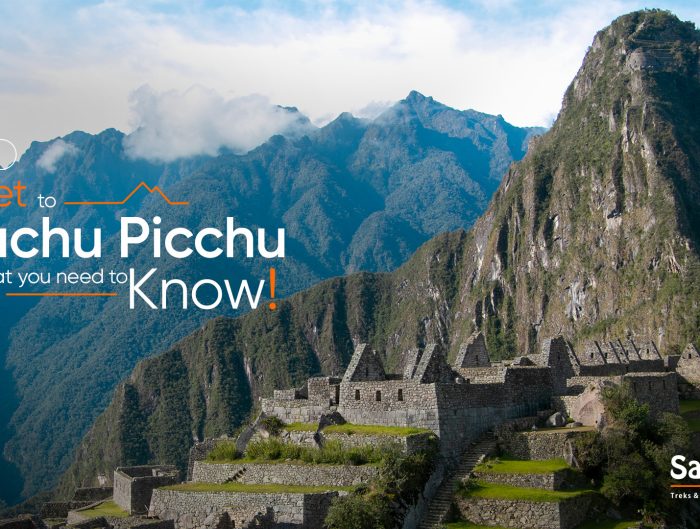
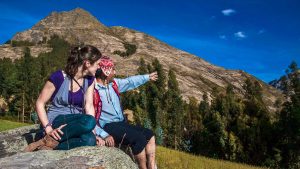
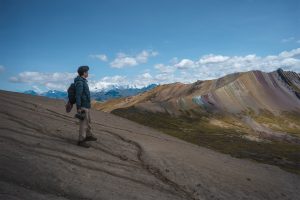
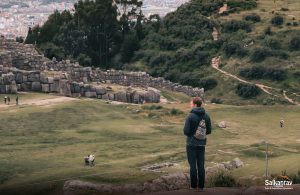
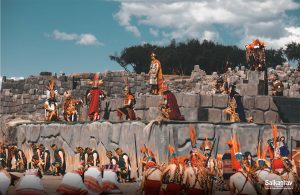
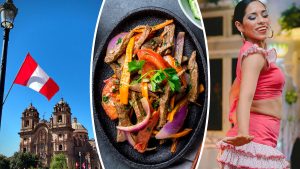

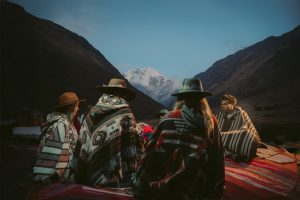
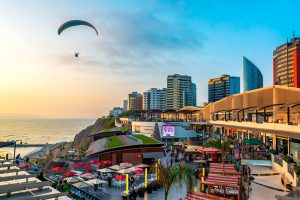

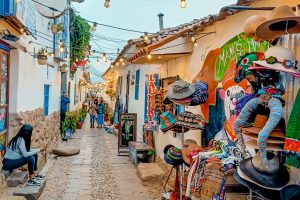
Leave A Reply